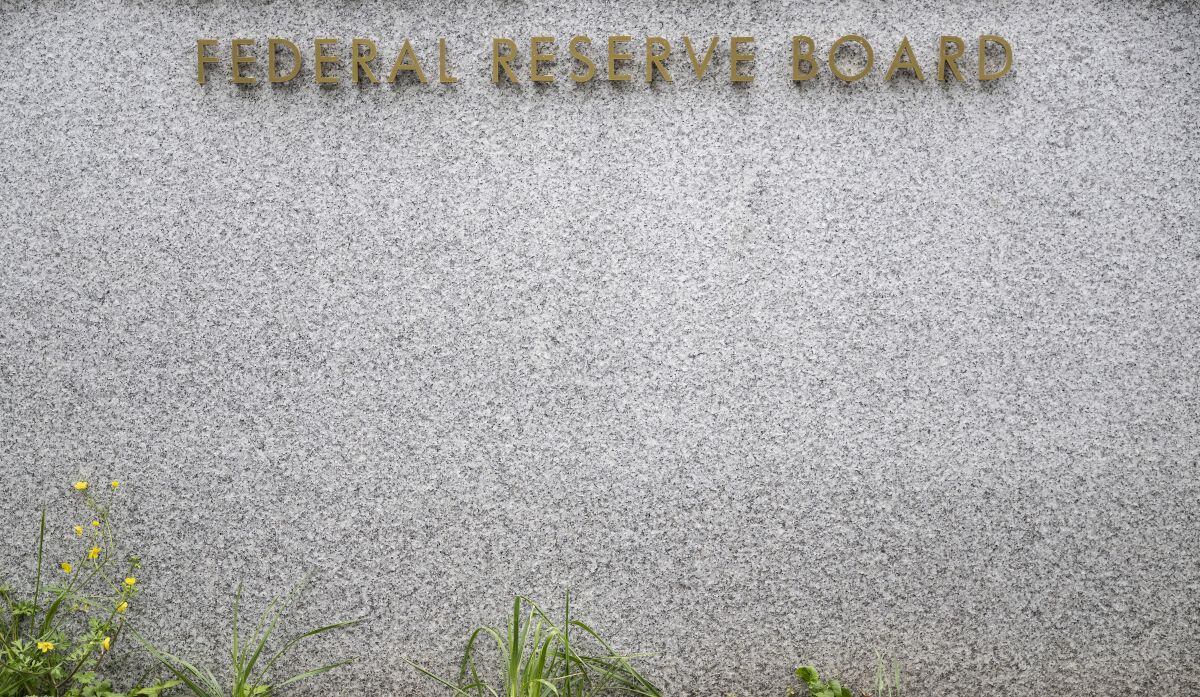
For all the claims that the pandemic and the spike in inflation that followed it have ended the era of low interest rates, top policymakers at the Federal Reserve and elsewhere continue to see a return to that world. as a probable outcome in the future.
The fed is nearing the end of its epic monetary policy battle to cool inflation, amid promises of higher rates for longer. But that doesn’t mean they’re going to go up forever.
This is because many monetary policy makers in the fed – and others – believe that the underlying trends that kept rates low before the pandemic – low productivity, an aging population and other demographic forces, as well as entrenched demand for safe assets – will eventually reassert themselves.
The key to these prospects is the so-called “R-Star”, that is, the rate level that neither stimulates nor restricts growth. This measure allows the Fed authorities and the markets to assess the degree of stimulus or restriction of rate policy at any given time.
The R-Star measurement took a hit with the pandemic and the New York Fed stopped publishing its public estimate in 2020 as events threw its model into disarray.
In the decade before the 2007-2009 financial crisis, the R-Star fluctuated between 2% and 3.5%, according to data from the New York Fed. Since then, it has been between just over and under 1%. The latest estimate, from June 2020 -when the economy was just beginning to recover from the recession caused by the pandemic-, placed it at 0.4%.
To translate it into a real rate, it is essentially added to the Fed’s long-term inflation estimate. Policymakers’ March forecasts, which call for a long-term rate of 2.5% with an estimate of the long-term inflation of 2%, suggest you continue to see the long-term R-Star around 0.5%.
“I would say that the neutral interest rate is still very low. Is it as low as in 2019? I’m not sure if it’s exactly that low”, but it is lower than where it is now with inflation still so high, New York Fed President John Williams said last month.
Several days later, his Philadelphia Fed peer Patrick Harker agreed, saying that while the current R-Star is higher than it was before the pandemic, he expects long-term trends like weaker productivity, firm up over time and return it to its previous low level.
For his part, William English, a former Fed senior official who now works at the Yale School of Management, agrees that the R-Star is likely to fall again. “Basically, high savings, low investment and strong demand for safe assets seem likely to persist”, which will once again drag down the general level of rates.
Last month, economists at the International Monetary Fund also forecast that low rates will return once inflation abates.
Source: Reuters
Source: Gestion
Ricardo is a renowned author and journalist, known for his exceptional writing on top-news stories. He currently works as a writer at the 247 News Agency, where he is known for his ability to deliver breaking news and insightful analysis on the most pressing issues of the day.












